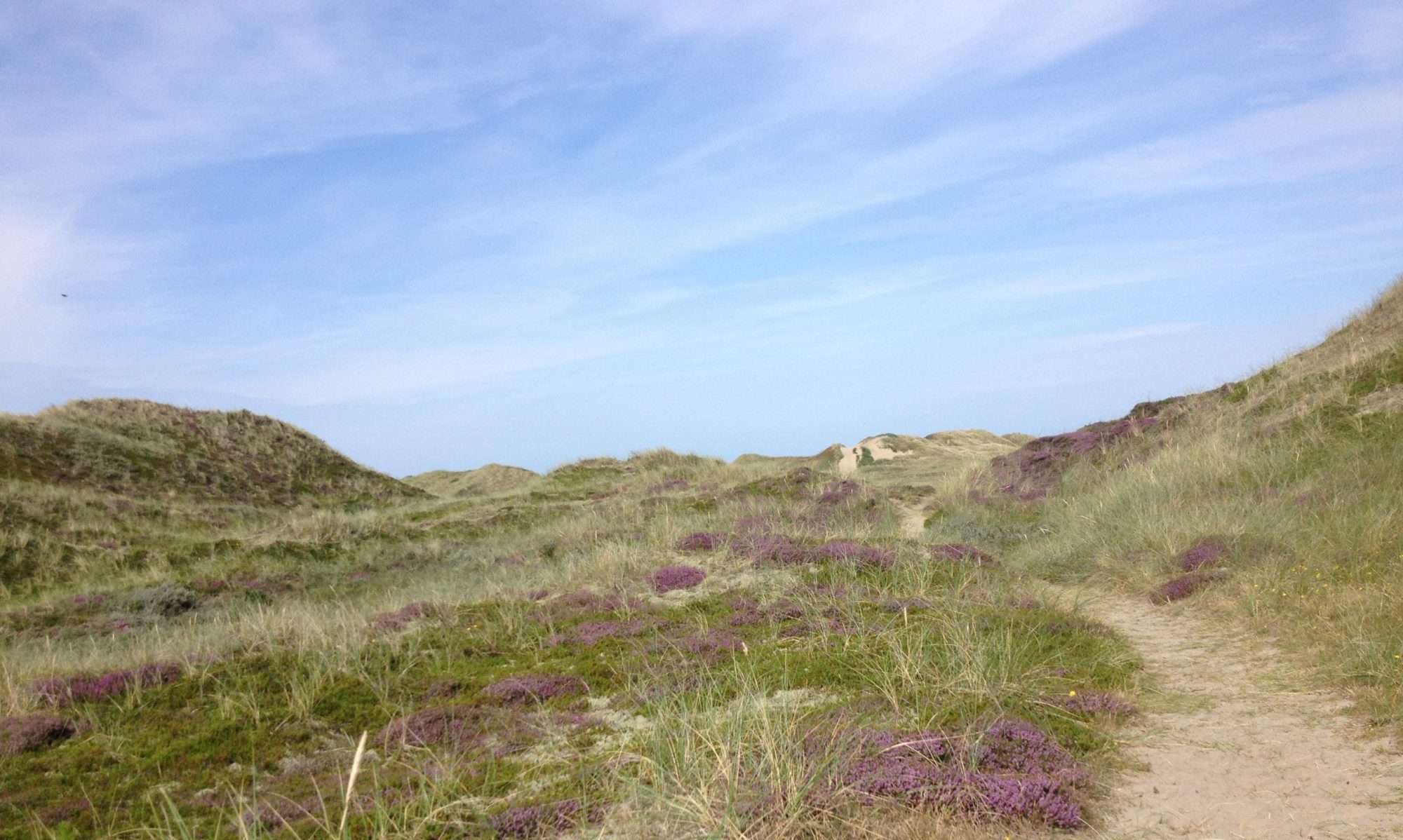by Adam Głaz
I came to the Roskilde workshop struggling with how to link sustainability (sustainable linguistics?) with what I normally work on, which is linguaculture/languaculture. As I listened through the papers and talked to people, one thing continued to be clear to me, though: language is the axis around which we build our lives, or the symbolic space that harbours them. This takes us to language preservation and maintenance, ethnolinguistic vitality, etc. We need to take care of languages for them to take care of us. But we also need to take care of language, not because it is doing badly but because we need to see what it is doing.
Where does language fit into this triad that, as Celeste said in her talk, is the essence of sustainability: people, nature, and life? It seems it does so through building the symbolic, cultural space for us, which is also the most natural and real space (note the title of a recent book: Meaning, Life and Culture, ed. Helen Bromhead and Zhengdao Ye, Anu Press, 2020). There is no nature-culture dichotomy, it’s natureculture. When we respond to what we call in English the call of nature, we do it in a “cultured” way but that does not stop it from being natural.
Or take the Anglo-Australian This land is mine vs. the Aboriginal Australian This land is me, a distinction that Farzad Sharifian often referred to. It also gave rise to a song by Kev Carmody and Paul Kelly and a 2013 exhibition at QAGOMA. What is language doing here? Is it responding to the worldview that people have of the land, their environs, of the universe and themselves, or is it actually building that worldview space for us, other creatures, and the land? It has the power to build it in different ways: the song has both sides saying They won’t take it away from me: this can come from someone who owns or someone who actually is the land. But it’d be far too simplistic to say that the Anglo-Australian view is “unnatural”, while the Aboriginal view is “natural” – both are languacultures, or ways of making sense of the world, of nature, of “that which is”. Apparent contradiction but basically diversity – that is Felix’s talk: diversity is part and parcel of who we are and of the language(s) that we speak. (Two by-the-ways: first, I wonder how this relates to Celeste’s research on Aboriginal English; second, it certainly makes one think of the unsellable graon is Bislama that Carsten talked about.)
The Australian context is better known to some of you than to me but take one that is closer to where I am. With the war in Ukraine, farming there has become difficult, dangerous, or nearly impossible. Food crisis is looming. And yet, farmers will go out, plough the land and sow the seeds, often under shelling and in bulletproof vests. Is it to make money or to maintain a sense of routine? Yes, there is a gruesome routine to that: “We go out, pass the checkpoints, get to work, drink tea and coffee, put on our vests and go. We fill up (the gas tank) and then go to fields. If there is shelling, we pack up and go to the office“. My understanding is that they do it because of who they are, because mother earth needs attention, because they’re called to do it. It is Сира-Земля Мати (Moist Mother Earth), which you don’t leave in moments of crisis. Again, that’s natureculture, sustained through language that builds a space, a context for us to live in and eventually, in a feedback loop, to sustain us back. Would this be ethnolinguistic vitality in an extended sense? Not only vitality of languages but languages actually breathing life (vita) into ethnoses, peoples, and people? Does it make sense, Eeva, Felix, anyone?
Therefore, I like the sustainability-is-a-mindset view (Celeste’s talk) but to me it’s also a way of life, in and through language that builds our worldview space. From here, back to languages of course – after all, it is thanks to them that this space is so diverse.
